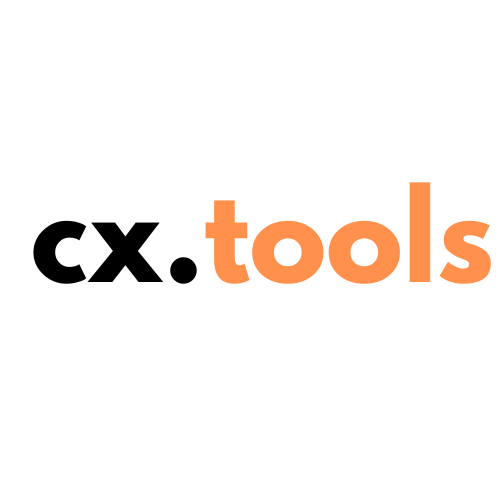
Customer journey mapping is an essential tool in modern marketing strategy. Understanding the customer journey enables businesses to optimize touchpoints and improve overall customer experience. By mastering customer journey mapping, you can gain valuable insights into buyer behavior and effectively tailor your marketing efforts to meet customer needs.
Customer journey mapping is a visual representation of the steps a customer takes to achieve a particular goal with your company. This process involves documenting every interaction customers have with your brand, from initial contact to post-purchase follow-up. By capturing these touchpoints, businesses can identify areas for improvement and create a more seamless customer experience.
The primary goal of customer journey mapping is to understand the customer’s perspective. By analyzing the journey, businesses can identify pain points and opportunities for enhancement. This knowledge allows companies to create more effective marketing campaigns, improve customer retention, and increase overall satisfaction.
Additionally, customer journey mapping supports a data-driven approach to marketing. By leveraging customer data, businesses can make informed decisions that drive growth and maximize ROI. Effective customer journey mapping leads to better alignment between marketing, sales, and customer service teams, fostering a unified approach to achieving business goals.
The process of creating a customer journey map involves several key steps:
1. Define Your Objectives: Identify the goals you aim to achieve with the customer journey map, such as improving customer experience or increasing conversion rates.
2. Create Customer Personas: Develop detailed profiles of your ideal customers, including demographics, behaviors, and preferences.
3. Identify Touchpoints: List all the interactions customers have with your brand, from discovering your products to post-purchase support.
4. Gather Data: Collect quantitative and qualitative data from various sources, including customer feedback, web analytics, and social media insights.
5. Visualize the Journey: Create a visual representation of the customer journey, highlighting key touchpoints and customer emotions at each stage.
6. Analyze and Optimize: Evaluate the journey map to identify pain points and areas for improvement. Implement changes to enhance the customer experience.
While customer journey mapping offers numerous benefits, it also presents several challenges:
1. Data Silos: Data may be scattered across various departments, making it difficult to get a comprehensive view of the customer journey.
2. Changing Customer Behavior: Customers’ needs and preferences evolve over time, requiring regular updates to the journey map.
3. Aligning Teams: Ensuring all teams are on the same page can be challenging, especially in larger organizations.
To overcome these challenges, businesses should invest in integrated customer relationship management (CRM) systems and foster a culture of collaboration.
There are several tools and technologies available to assist with customer journey mapping:
1. CRM Software: CRM systems consolidate customer data from various touchpoints, providing a unified view of the customer journey.
2. Analytics Platforms: Tools like Google Analytics and Hotjar offer insights into customer behavior on your website.
3. Customer Feedback Tools: Survey tools and feedback forms help you gather qualitative data directly from customers.
4. Journey Mapping Software: Specialized tools like Smaply and Lucidchart enable you to create and visualize detailed customer journey maps.
Customer journey maps should be updated regularly to reflect changes in customer behavior and market trends. It’s advisable to review and update the map at least once every six months or whenever significant changes occur in your product or marketing strategy.
A customer journey map focuses on the entire customer experience, documenting every touchpoint and interaction. In contrast, a sales funnel is a model that represents the stages a customer goes through to make a purchase. While the sales funnel is more about guiding prospects towards conversion, the customer journey map encompasses all aspects of the customer’s experience with your brand.
For more in-depth insights into customer journey mapping and how it can transform your marketing strategy, stay tuned to our blog for the latest updates and expert advice.
